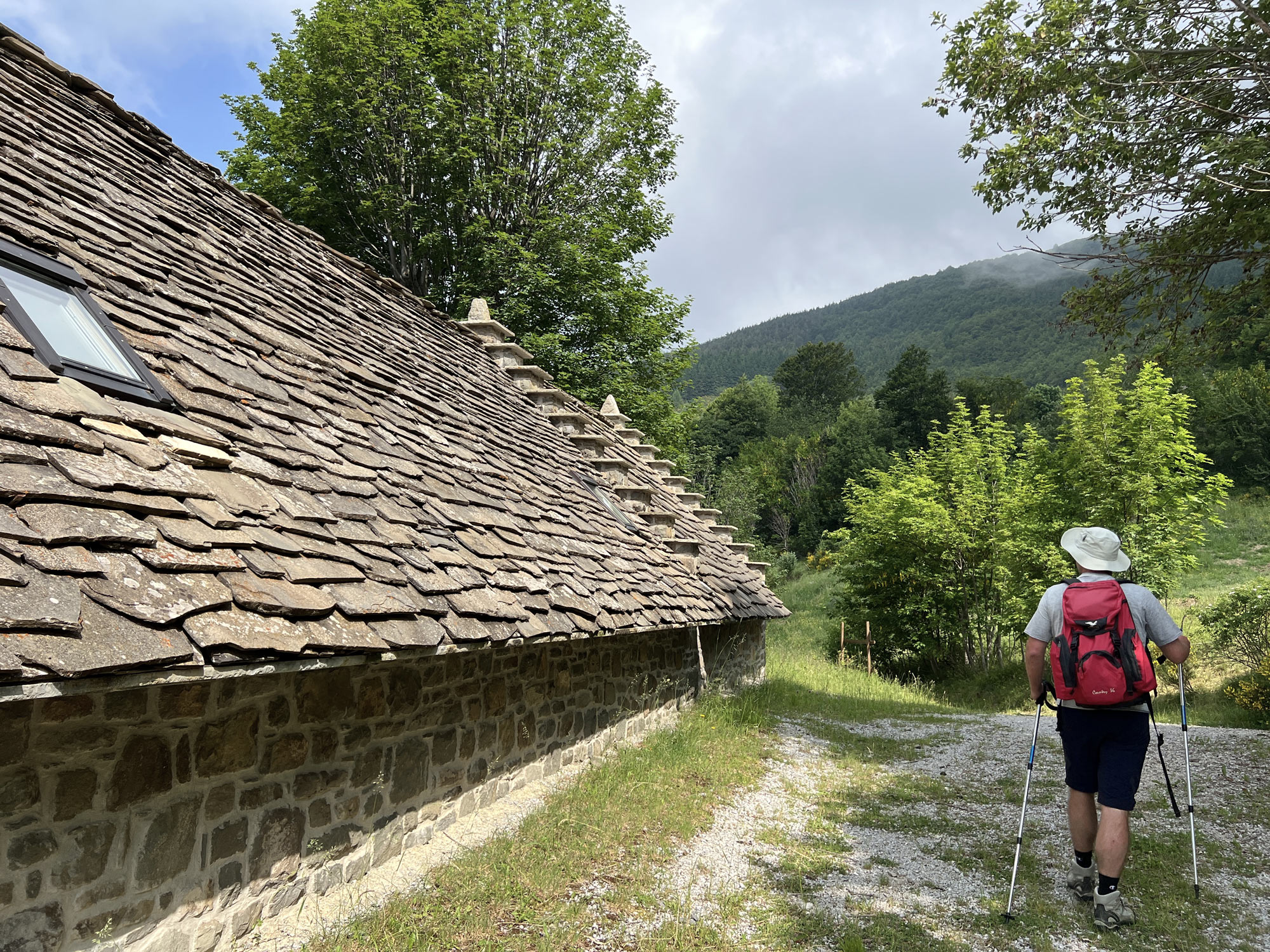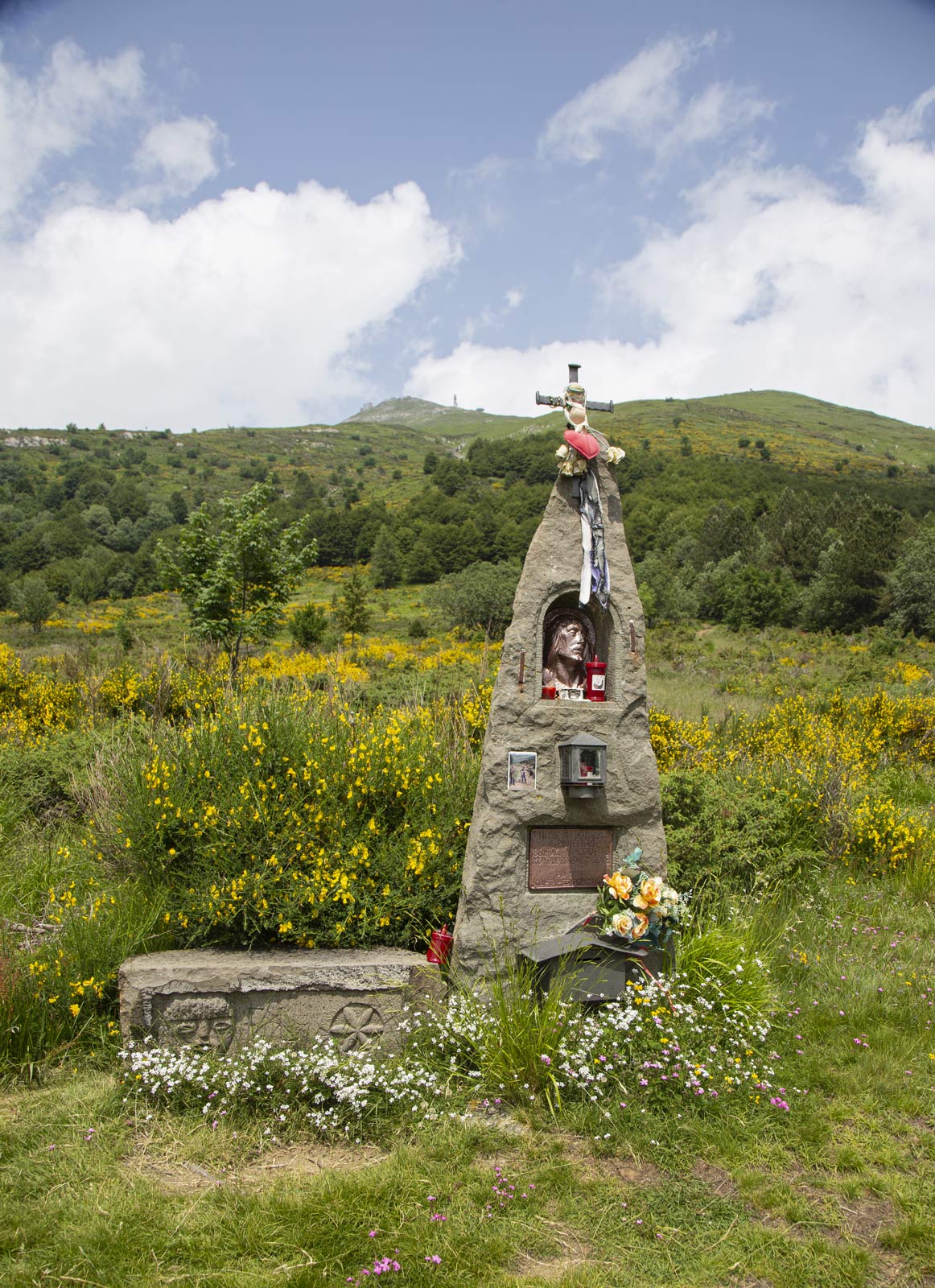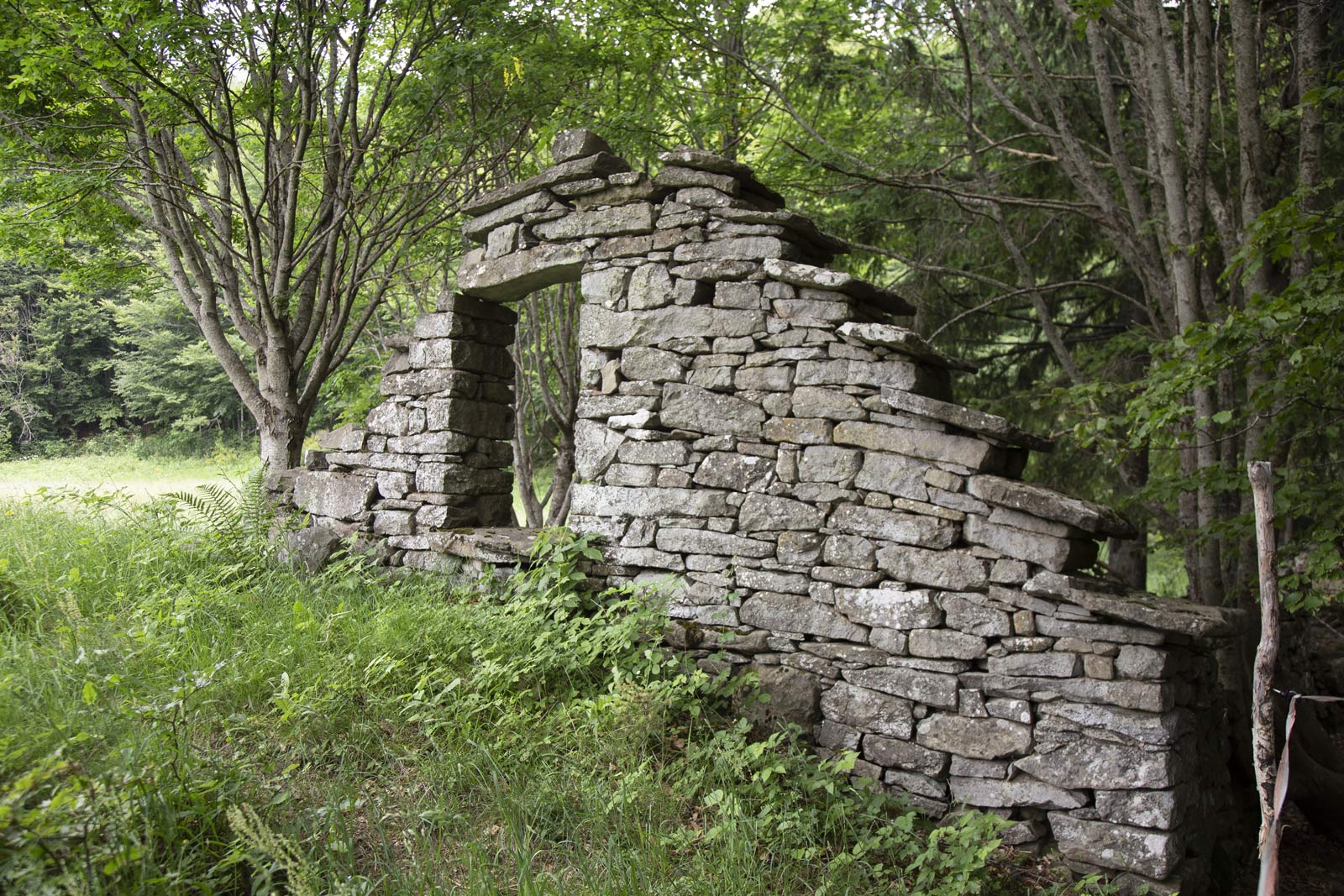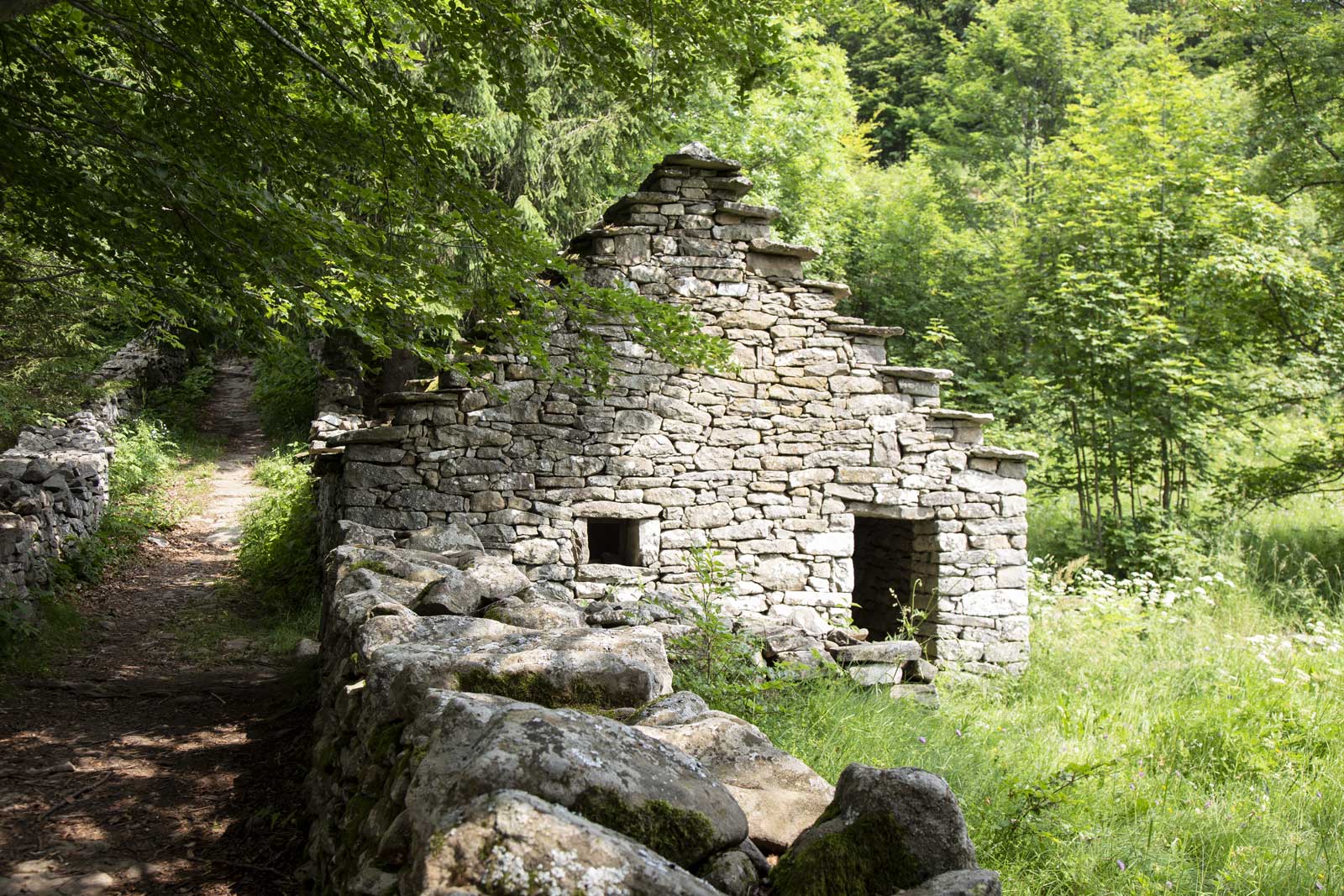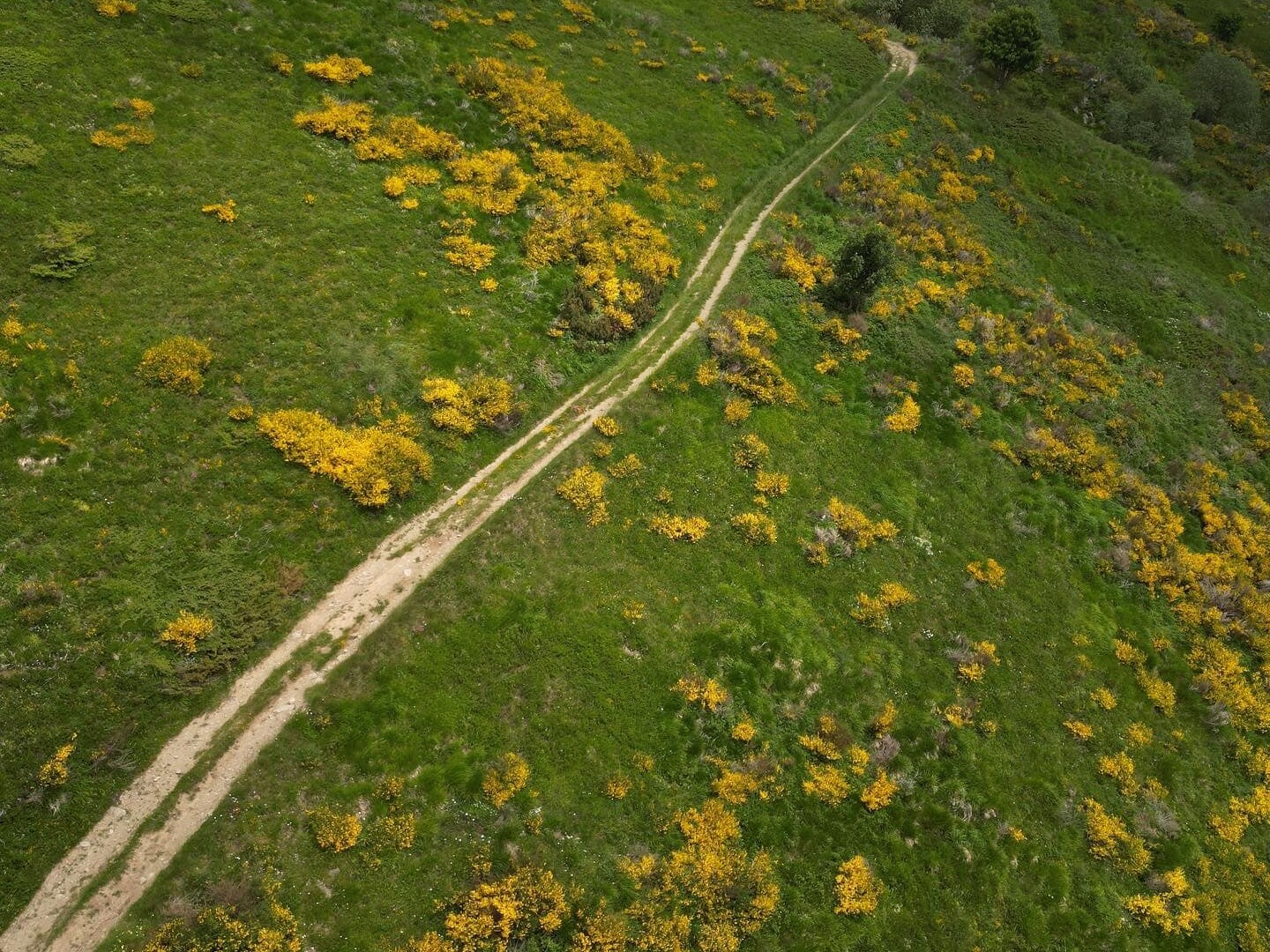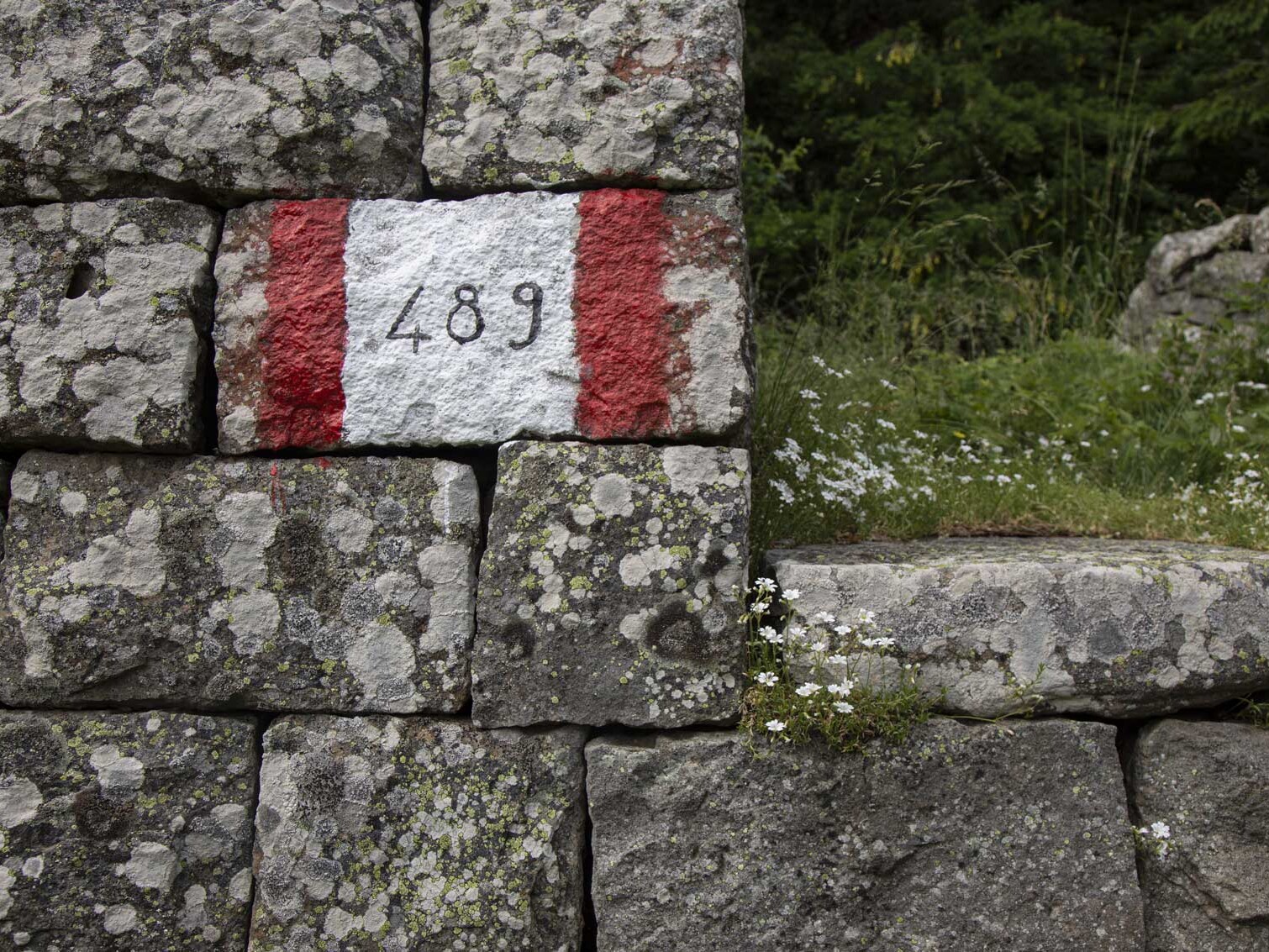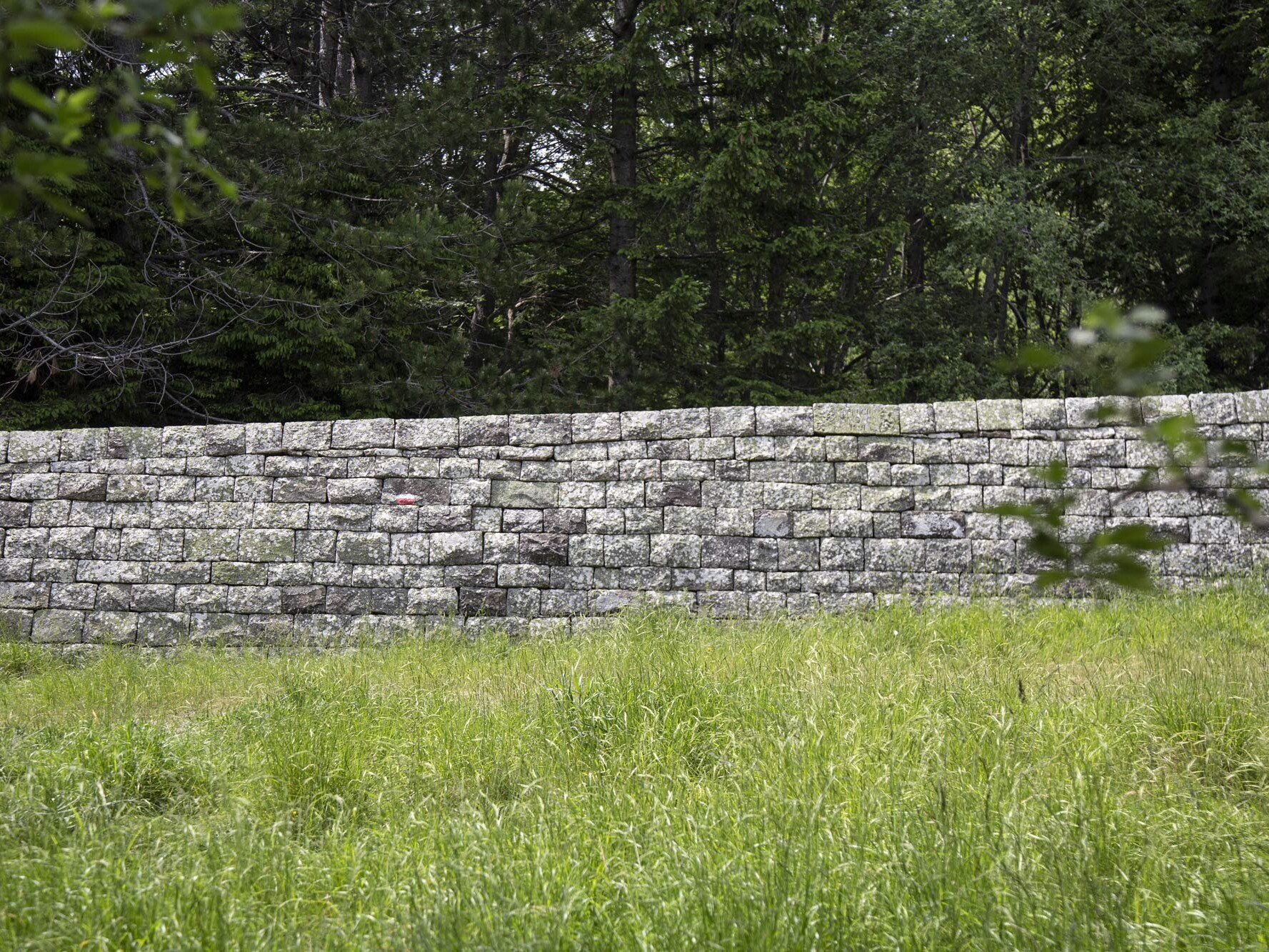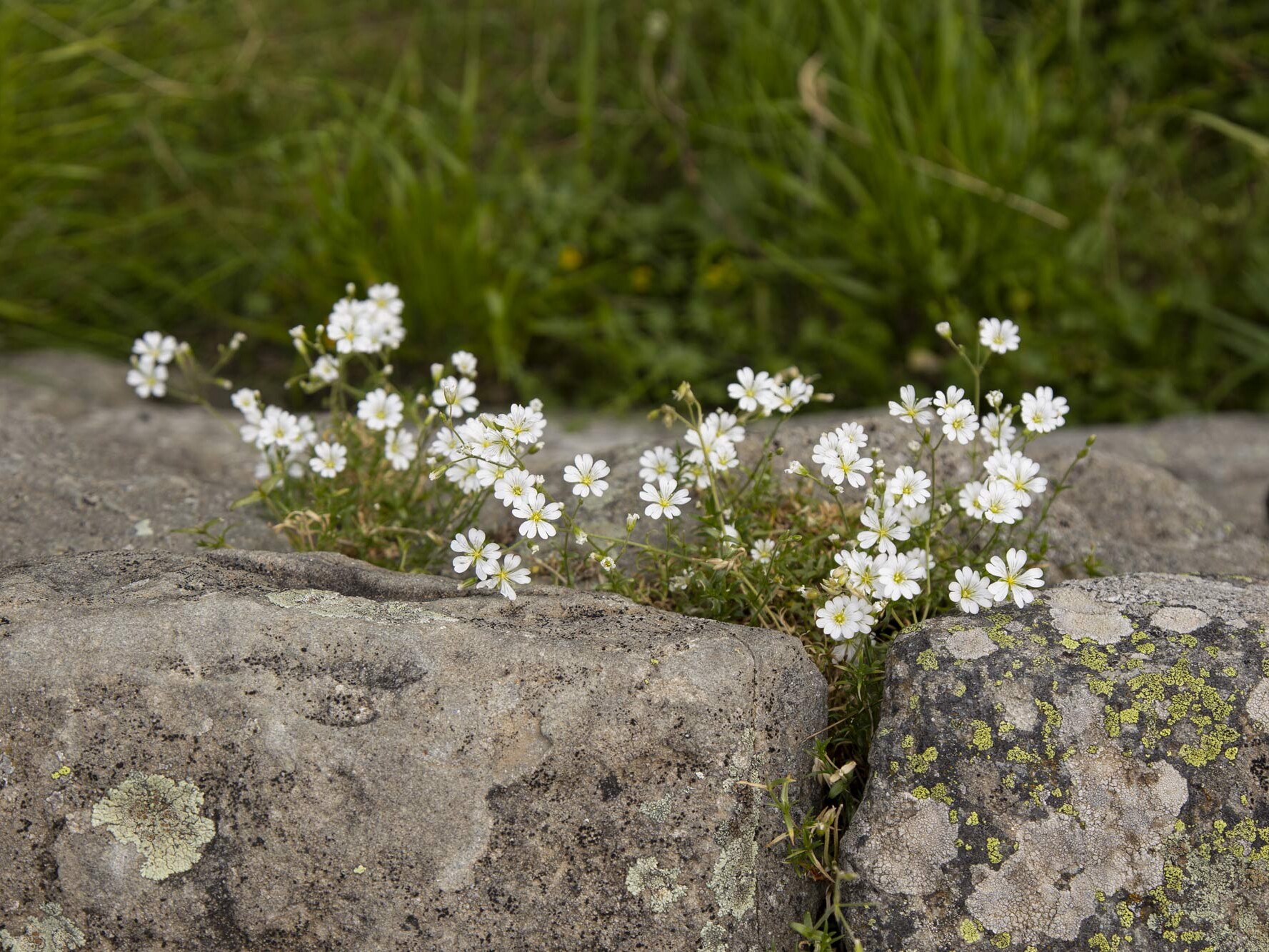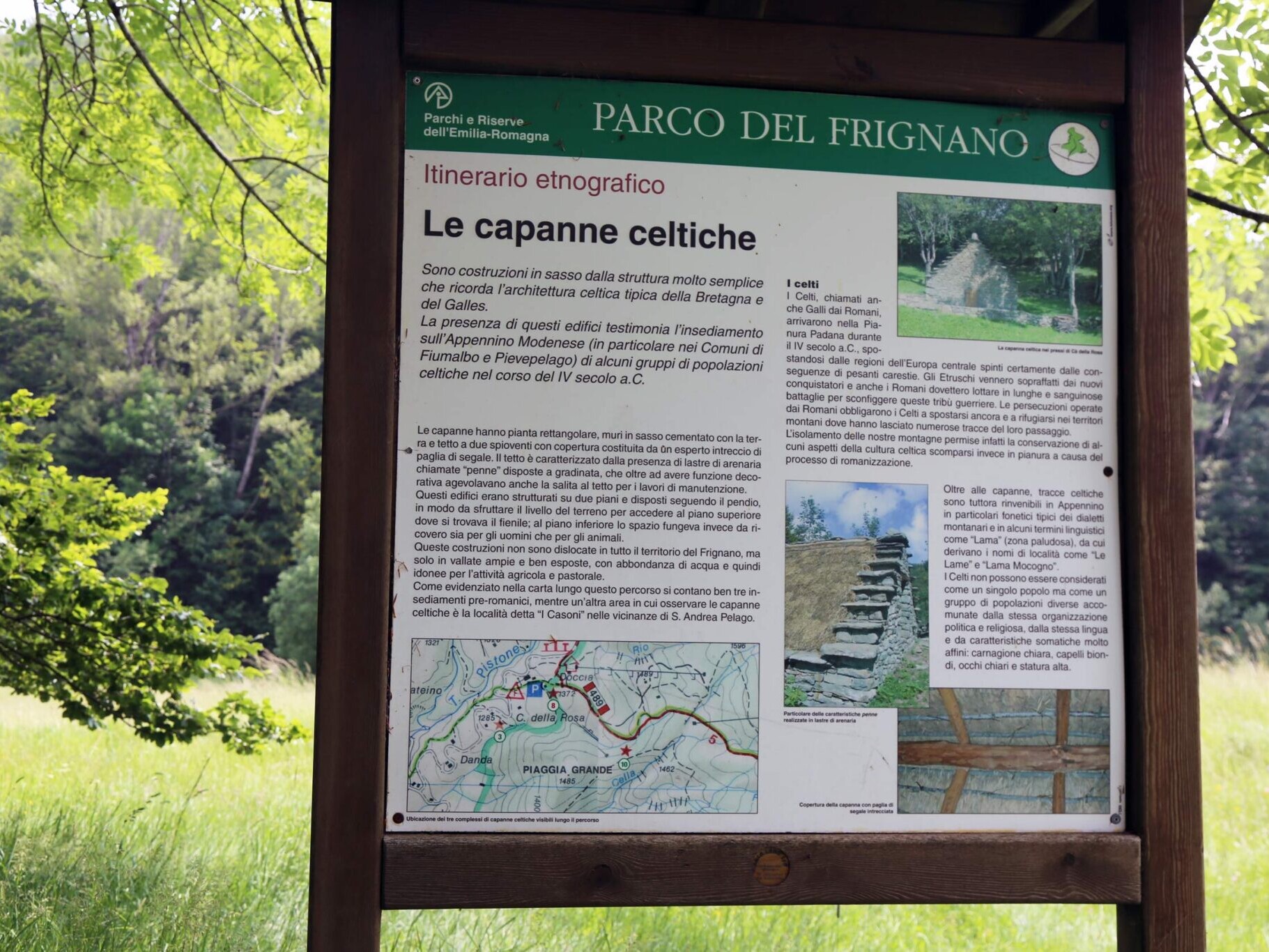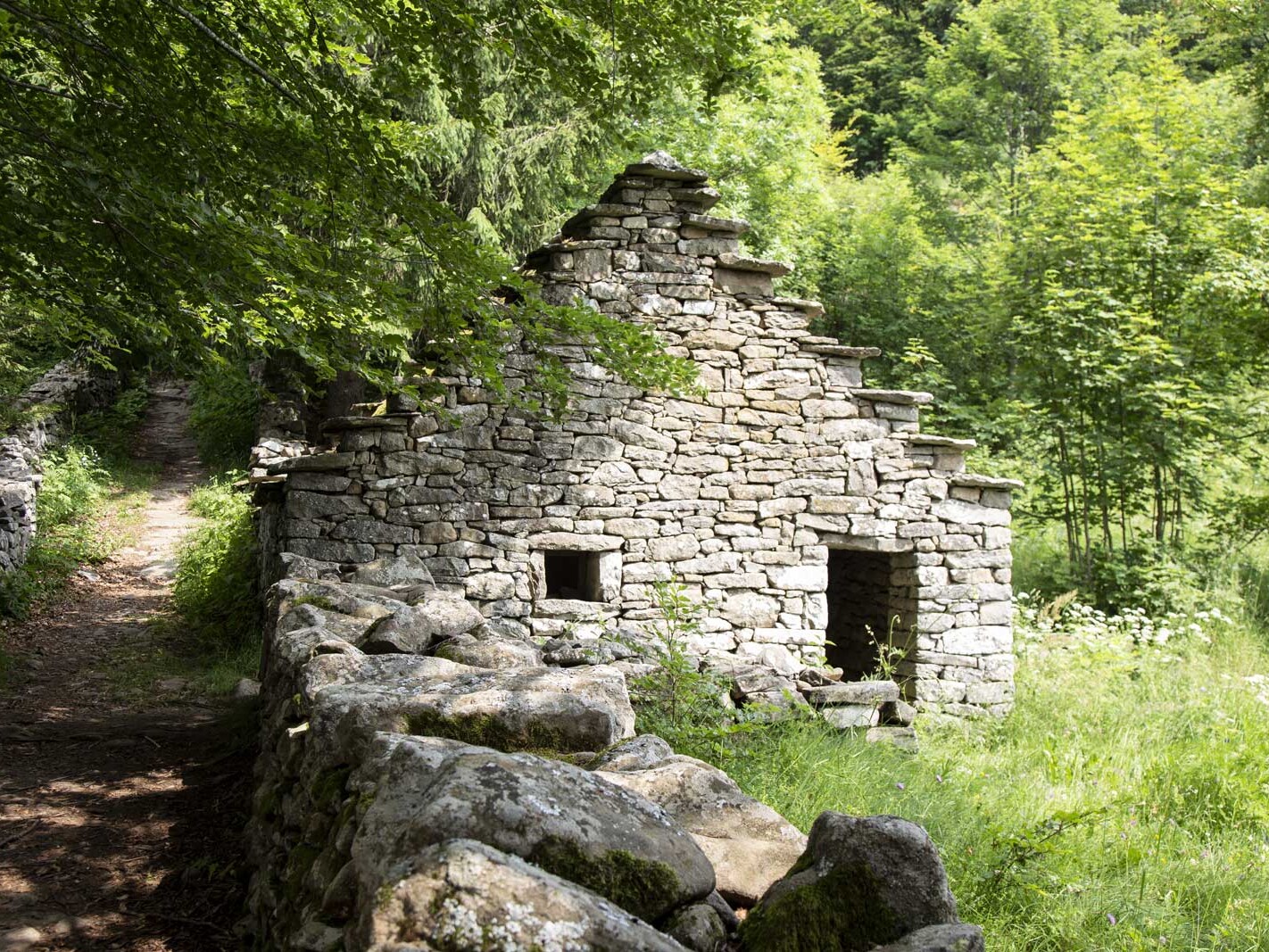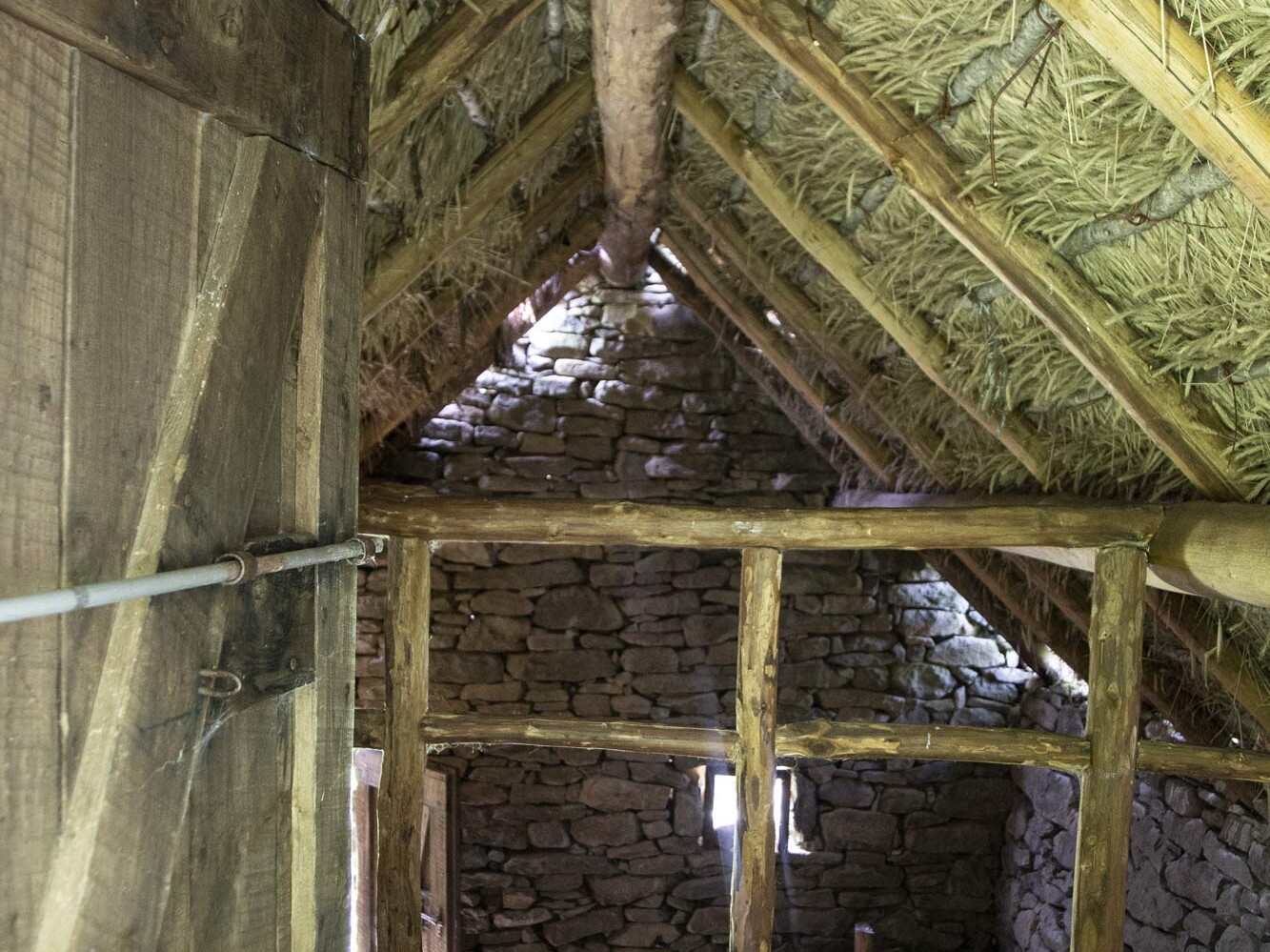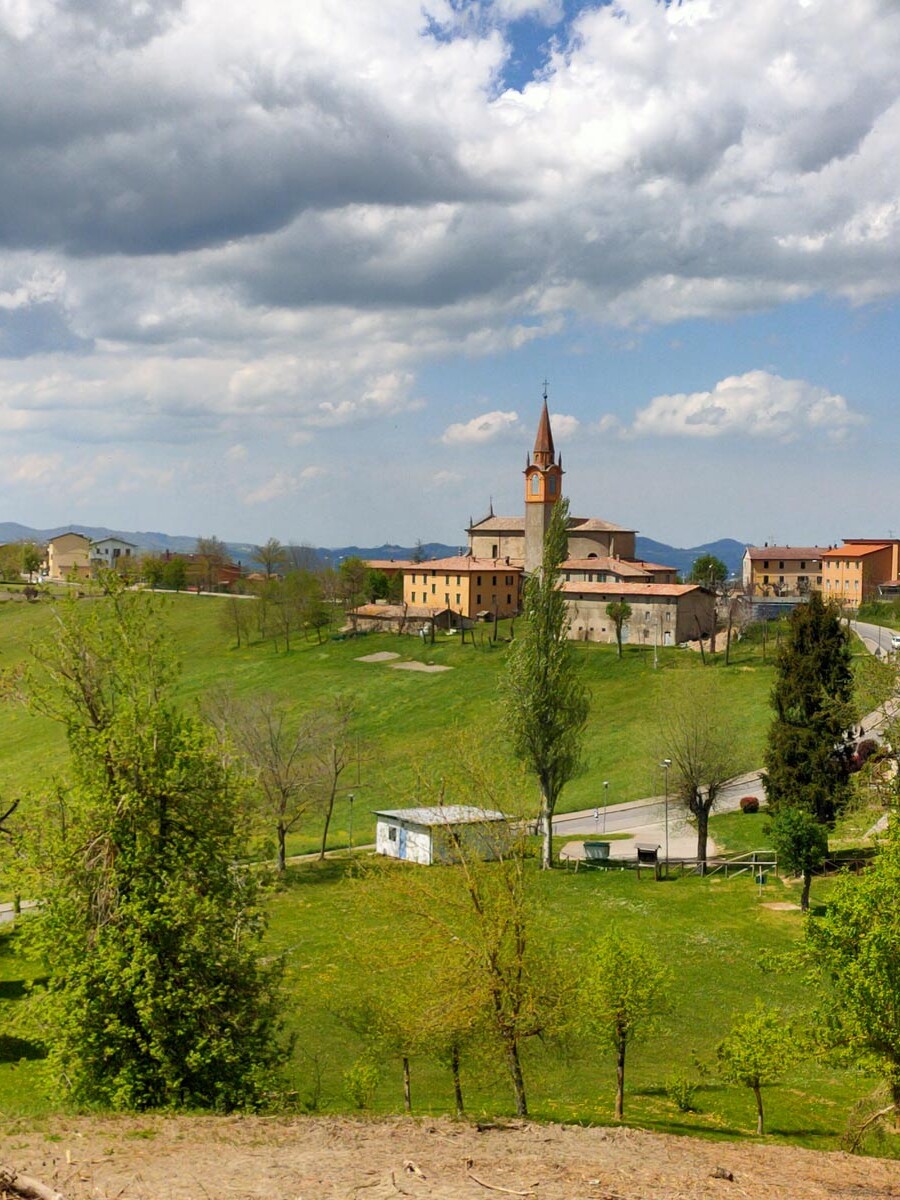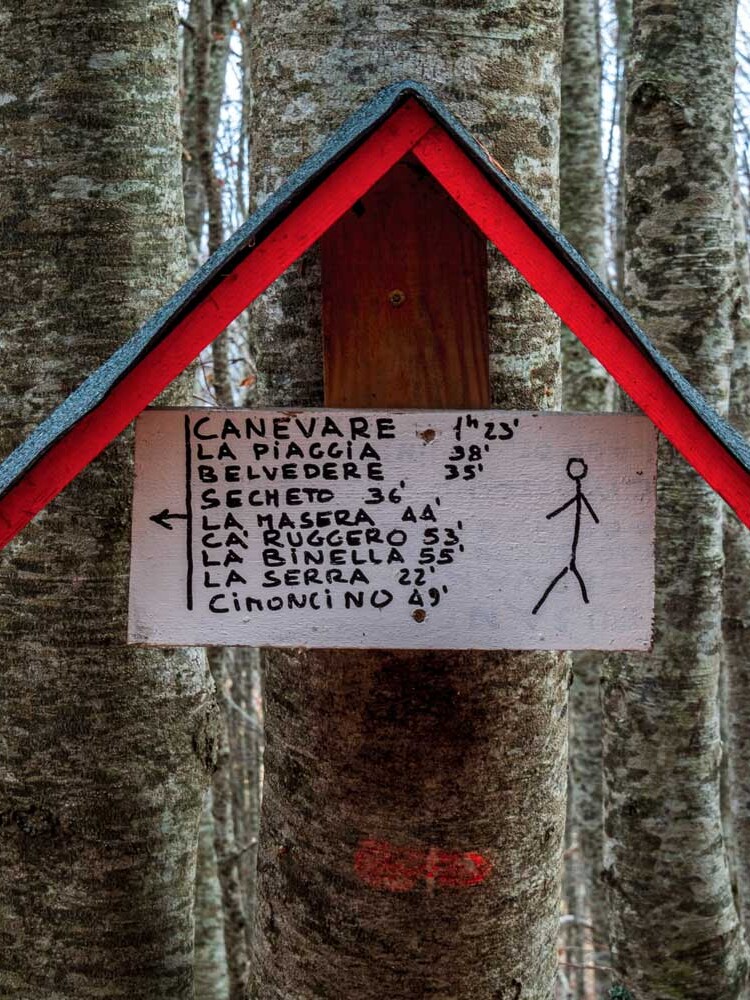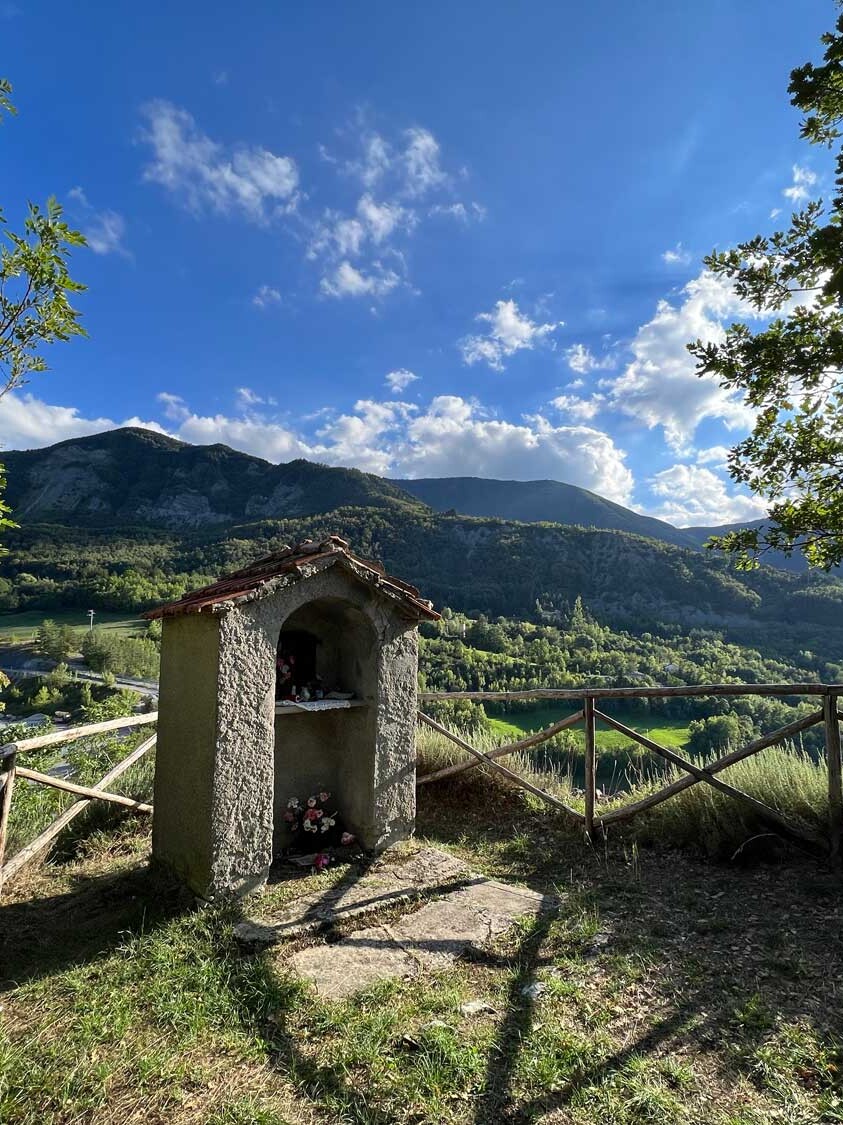Circular itinerary starting from Doccia di Fiumalbo, taking in Celtic huts and centuries-old beech trees.
This is a great itinerary if you wish to start and finish at the same spot, in this case Doccia di Fiumalbo.
The trail does not go right to the summit of Mount Cimone, and is therefore ideal if you prefer not too steep a climb, but still wish to enjoy splendid views.
Starting point
Per la partenza di questo anello occorre lasciare la macchina nel parcheggio della località Doccia di Fiumalbo.
To start out on this circular route, you first need leave your car in the car park at Doccia di Fiumalbo.
From here, you follow the tarmacked road in the direction of Borgo dei Celti, until you come to the sign for “Monte Cimone” on the right, and the beginning of the trail, a reasonably wide dirt track.
The trail continues gently, surrounded by beautiful fir trees that provide pleasant shade, especially in the summer months.
During the ascent, it is impossible not to stop and admire two recently renovated Celtic huts, with their distinctive stepped rooves; you will come across more Celtic huts along the trek.
Carry on up, coming out of the forest on the other side; as you come out, there are truly stunning views of the surrounding mountains.
The trail continues until it reaches the junction with Pian Cavallaro. From here it is also possible to continue straight along the mule track which leads to the summit of Mount Cimone.
However, the itinerary which we have chosen here does not take you to the top of Mount Cimone (2,165 metres) but, by keeping to the right and continuing along the dirt track, you will come to the southern slopes of the mountain, known affectionately as the “grand old man”.
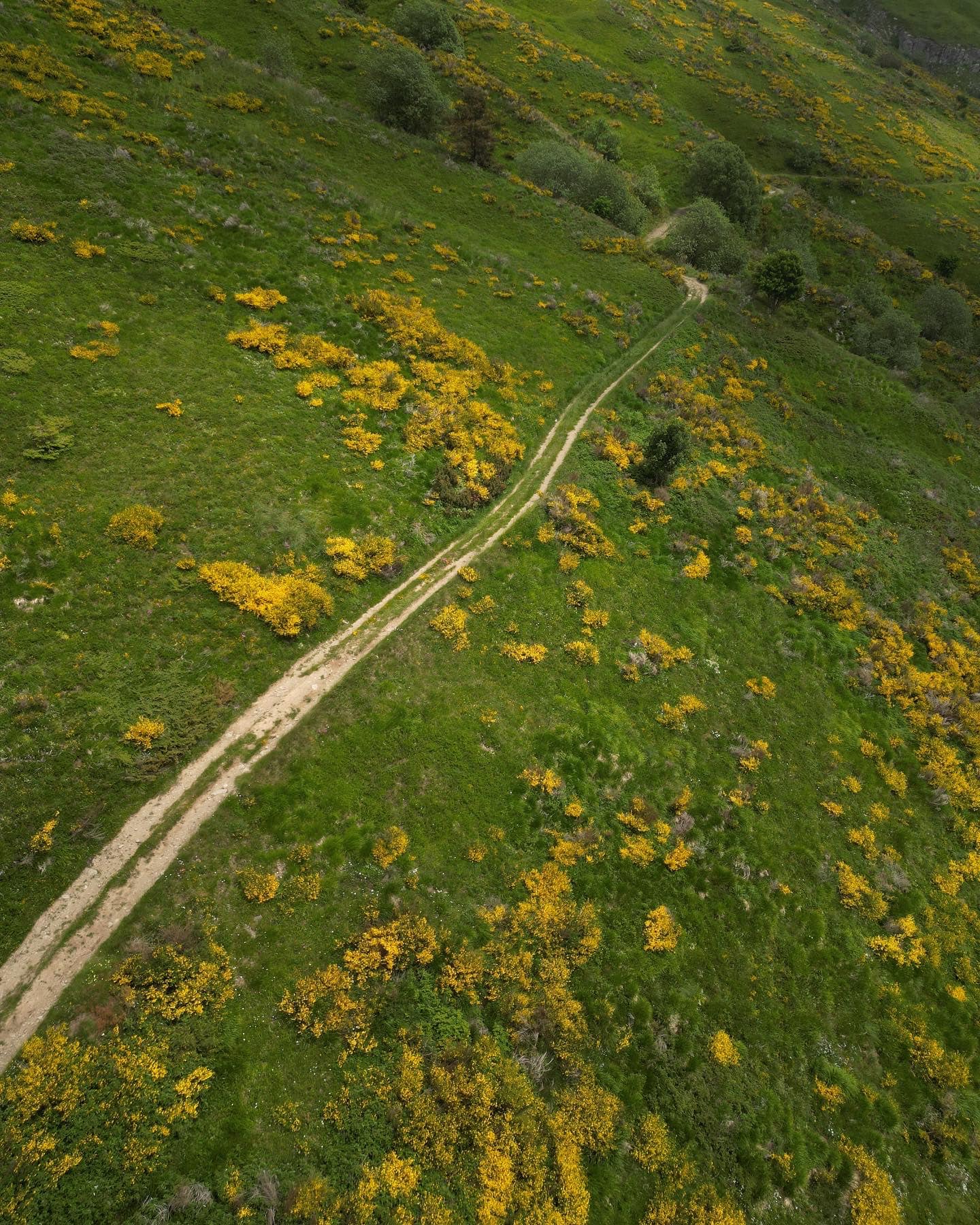
The road continues pleasantly and then goes downhill, rejoining the CAI (Italian Alpine Club) trail no. 489 near Cristo dell’Alpe, in a place called Campile. At this point you can take a small detour to go to the Fonte di Rossano spring, which is 200 metres away.
In early July, a small festival is held at Campile to celebrate the stone shrine dedicated to Jesus Christ which was placed here in 2003. The boundary stone at its base is decorated with iconic symbols of the Apennines: a “marcolfa” or stone mask, and the flower of life, commonly recognised as the symbol engraved on “tigelle”, the round stone discs used in the making of the typical flatbreads of the area.
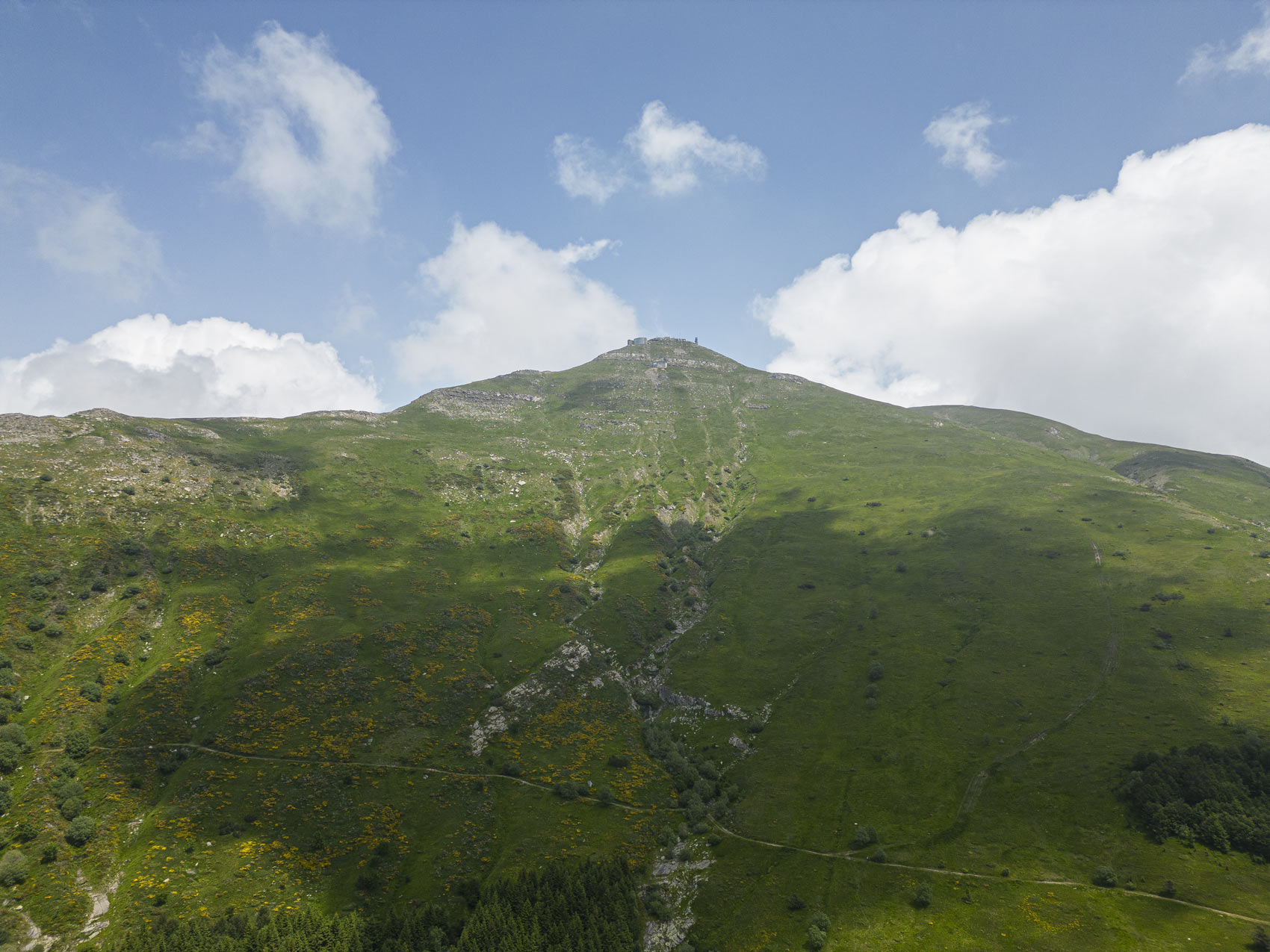
Once back on the path heading back to the starting point, you can admire splendid, centuries-old beech trees and beautiful views of the mountain crest, “Alpicella del Cimone”.
After a short while, you come to the “Muraglione del Cimone” (The Great Wall of Mount Cimone), an ancient flood barrier built as protection against flood waters from the River Cella (which you cross) and which stands majestically on the slopes of Mount Cimone.
The path continues pleasantly downhill.
After a while you will come across the remains of an ancient Celtic hut. Parts of the walls and the main façade remain standing, blending in with the surrounding vegetation.
The remains of this Celtic hut are a small taste of the interesting sights to be seen throughout the rest of the walk.
After walking along an ancient mule track lined by perfectly preserved dry-stone walls, almost at the end of the itinerary, you will find an ancient Celtic hut that has been perfectly restored and can be visited.
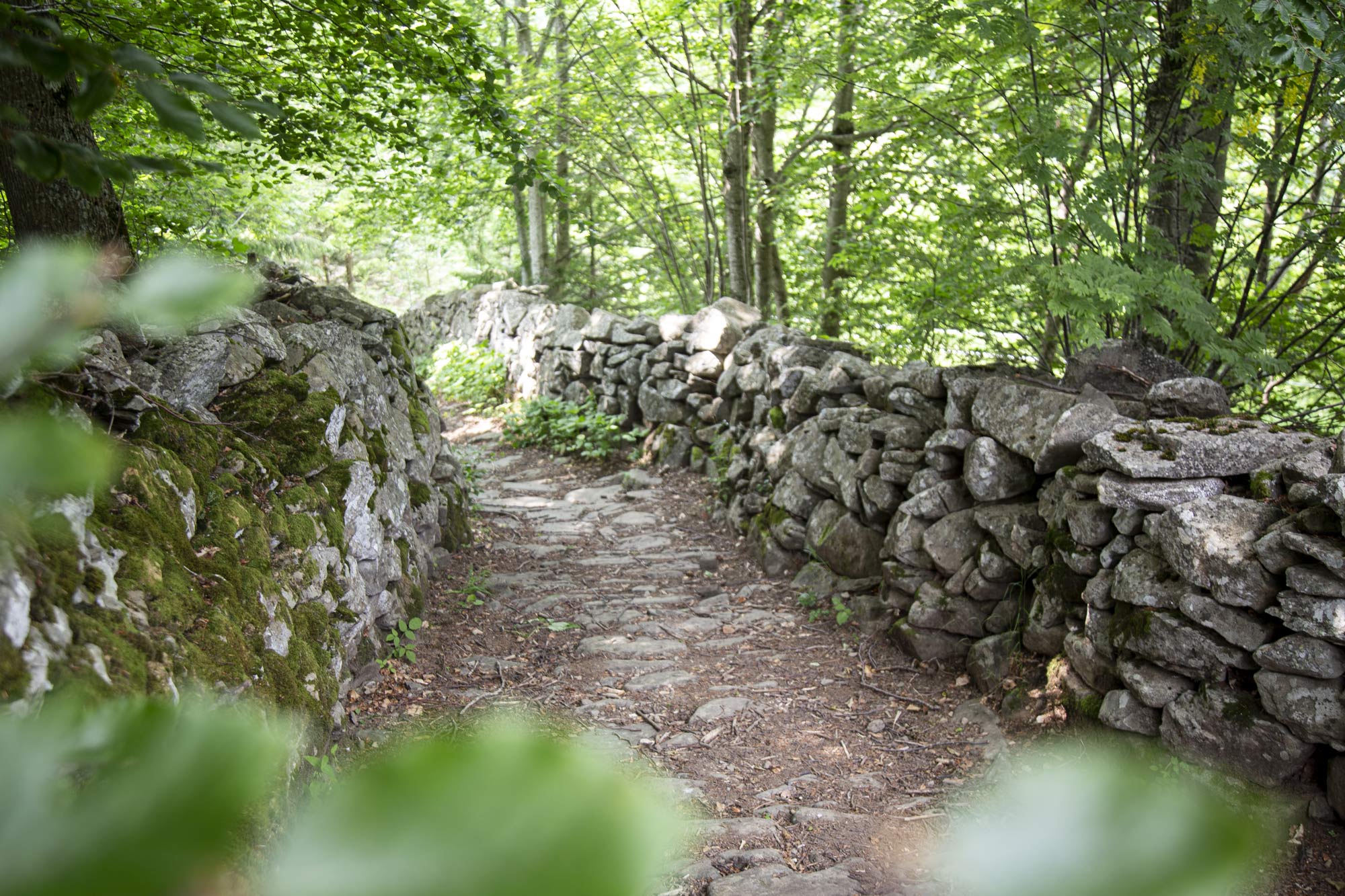
This hut is of interest as it has been reconstructed according to its traditional function, and it is also possible to visit inside.
You can learn more about the history of these ancient constructions thanks to the park information boards.



